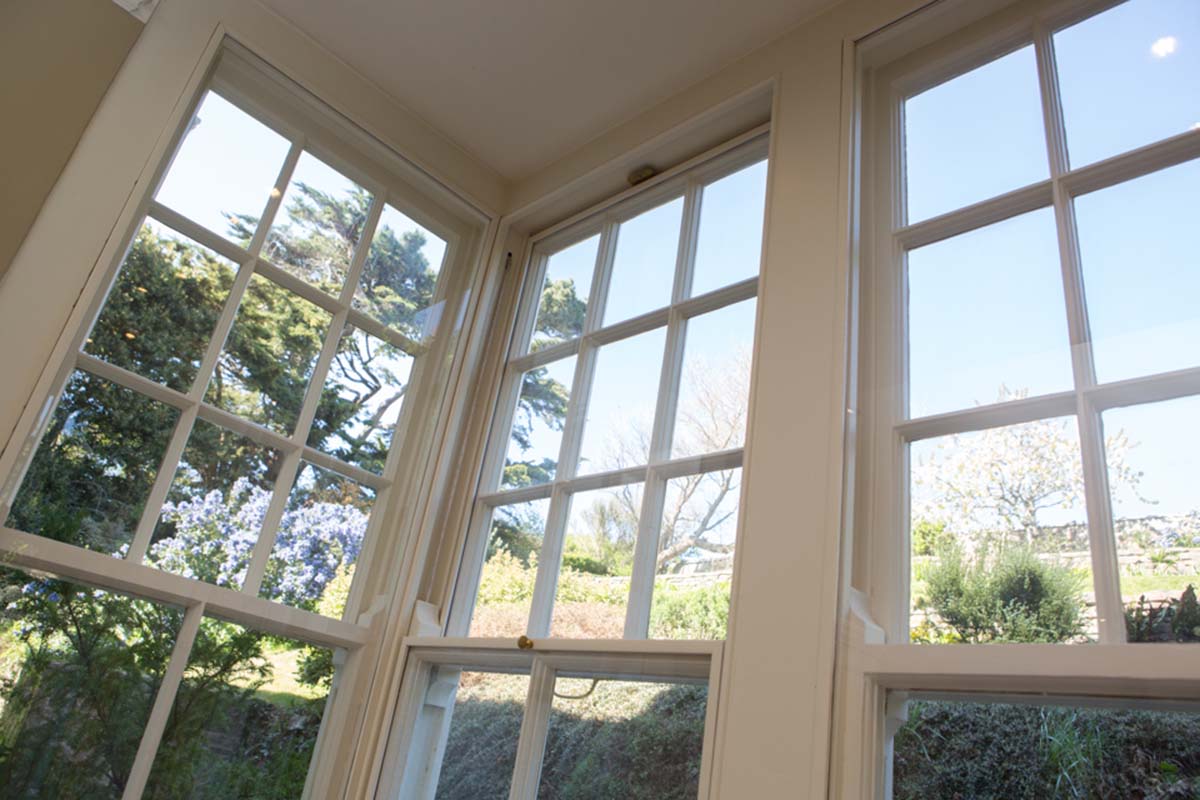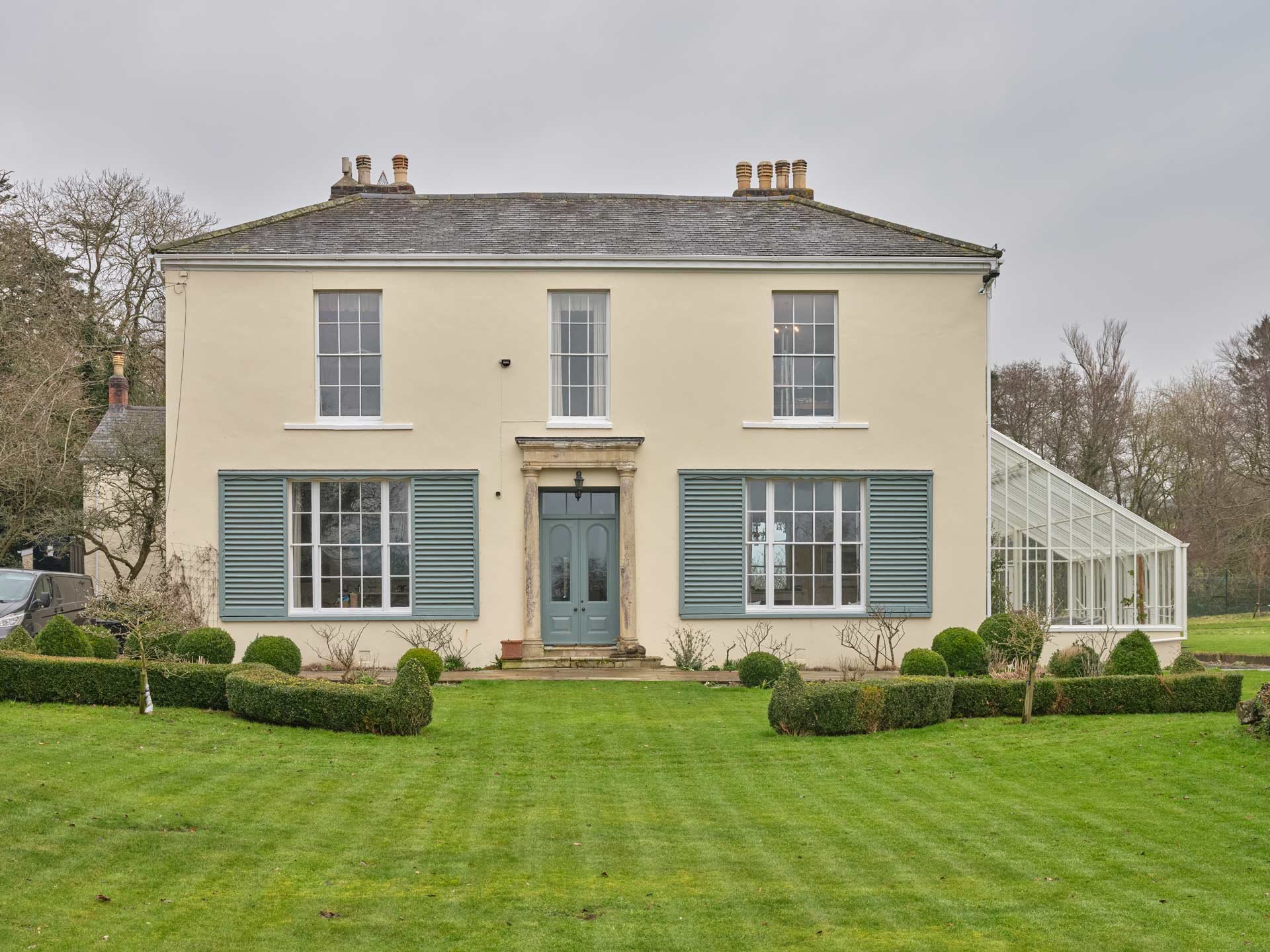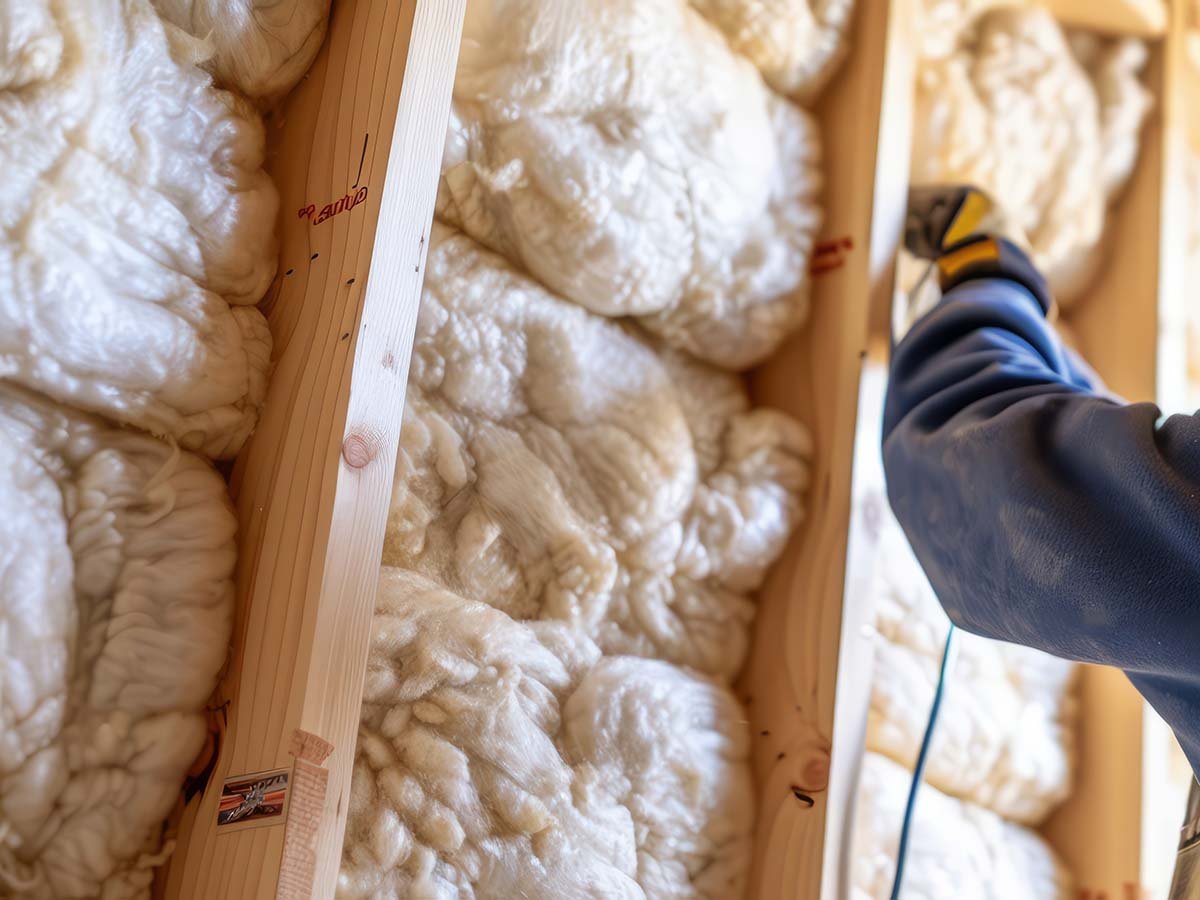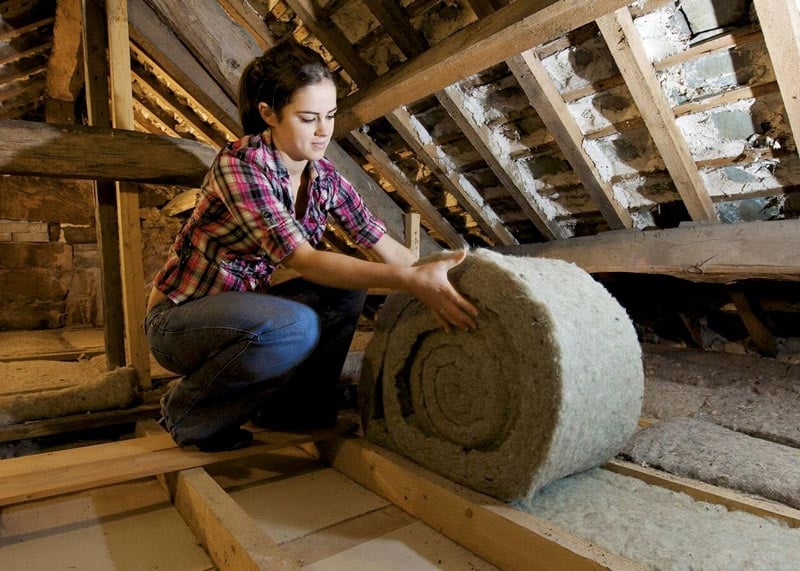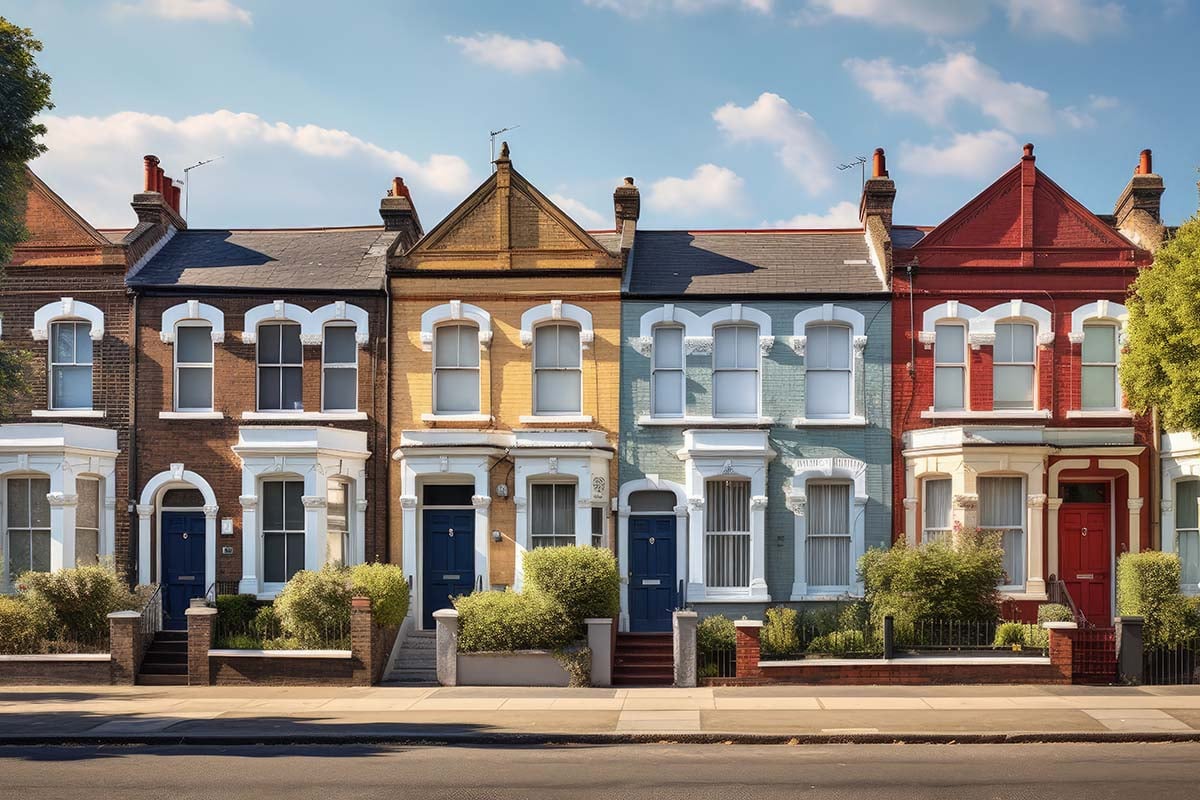Why Secondary Glazing for Sash Windows?
If you own a home with original sliding sash windows — especially a period or listed property — you value the character, craftsmanship and elegance they bring. But those single-glazed sash windows often let in cold air, lose heat and allow noise in, making your home less comfortable and costing you more.
Secondary glazing for sash windows offers a smart retrofit: an extra interior pane that keeps the original window fully intact yet delivers modern performance. At Mitchell & Dickinson we specialise in bespoke secondary glazing — which we call the CosyGlazing system — tailored for sash windows in historic homes, helping you maintain charm while improving comfort.
1. What Is Secondary Glazing?
Secondary glazing is the process of adding an insulating layer of glass or plastic inside existing windows to improve both thermal and sound insulation. Unlike double glazing, where two panes are built into a single unit, secondary glazing involves a separate pane that can be removed, creating a flexible and effective solution for enhancing window performance.
For sash windows in particular, this internal pane is installed behind the original sashes. The original window remains, retains its aesthetic and function, and the secondary pane adds a discrete insulating barrier.

2. Why This Matters for Period & Heritage Sash Windows
One of the most effective ways to draught-proof sash windows in a period or listed property is to add secondary glazing.
Many sash windows in Georgian, Victorian and listed houses were built long before modern insulation, draught proofing and double-glazing existed. As a result:
- Heat loss through the window can be significant.
- Noise and external draughts are a common complaint.
- Replacement with modern double-glazed units is often not permitted in heritage buildings.
- Secondary glazing provides a high performance solution without altering the original sash window fabric.


3. CosyGlazing, the Solution for Sash Windows
We created CosyGlazing, our advanced secondary glazing system so you can keep your characterful original windows, save money on heating bills and stay warmer in winter, It’s a unique secondary glazing system developed and tested over many years that is elegant, effective and unobtrusive. We use plexiglass – a modern, lightweight equivalent to glass that’s used in the aeronautical industry – to provide a second layer to your period windows,
CosyGlazing is perfect for sash windows in period homes and listed properties, it reduces heat loss from single glazed windows by 70%, It fits to every type of window and you can open your windows as usual, it is removable and invisible from the outside and so conforms to conservation requirements for Grade 1 and Grade 2 listed buildings.
Here’s how it works for sash windows:
- Our surveyor measures the existing sashes and frame precisely.
- High-tech magnetic tape is fixed to the window frame so the secondary glazing panel can be removed for cleaning (no screw-holes, no permanent fixings).
- The secondary glazing panel can be supplied in white, black or in a colour-matched frame to ensure that the secondary glazing blends seamlessly with your original window finish.
- The original sashes continue to open and shut smoothly, with no change to the user experience.
- This makes CosyGlazing especially suited to listed or heritage sash windows where aesthetics and reversibility are key.

4. Planning, Listed Building Consent & Heritage Considerations
Being reversible and invisible from the outside, Cosyglazing secondary glazing complies with rules for listed buildings. In most cases, secondary glazing is considered a ‘permitted development’. Eexceptions may apply, especially in conservation areas or for some listed buildings.
For sash windows in listed buildings the key advantages of fitting secondary glazing are:
- It retains the original sash window, preserving architectural and historic value.
- It uses non-intrusive fixings (magnetic tape) so the original window fabric is untouched.
- It can usually be removed or reversed if required.
We recommend discussing your intentions with your local conservation officer — many accept secondary glazing on sash windows as a heritage-compatible upgrade. At Mitchell & Dickinson we provide method statements, photographs and installation specifications to support any Listed Building Consent application.


5. Installation Process, Timeline & Maintenance
The installation time for secondary glazing depends on the project’s scope and complexity. Generally, secondary glazing installation is a quicker process than installing new windows.
Typical timeline for sash windows:
- Survey & Quotation: Surveyor visits, takes measurements and photographs – 1 day.
- Manufacture: Secondary panels and magnetic frames are custom-made – typically 4-6 weeks.
- Preparation: Sash window refurbishment (if required) – 1-2 days.
- Installation: Panels fixed using magnetic tape – 1 day per pair of sash windows (depending on complexity).

6. Performance Metrics: Thermal, Acoustic & Cost Benefits
Thermal benefits
Studies on heritage windows show that adding a secondary glazed panel behind a single-glazed sash can reduce heat loss by as much as 60-70% depending on spacing and material. (See independent Listed Property Owners Club test)
Acoustic benefits
Secondary glazing adds physical mass and an air gap to existing windows, resulting in significant noise reduction. Secondary glazing can typically reduce noise levels by around 50%, which can make a noticeable difference in urban or high-traffic areas.
Cost & value
Because you retain original sash windows, you avoid expensive full window replacement and potential heritage consent complications. The performance uplift and energy bill savings


7. Common Questions & Troubleshooting
Here are some frequently asked questions specifically related to secondary glazing for sash windows:
Secondary glazing for sash windows is a secondary panel of glazing fitted inside the original sash frame, which creates an insulating air-gap behind the single glazed sashes.
Yes — when installed correctly, the sash windows can open and close exactly as before. Mitchell & Dickinson’s craftsmen re-engineer weights, pulleys and meeting rails so the secondary pane is entirely compatible with the existing sash operation.
In most cases, secondary glazing is considered a “permitted development” and doesn’t require planning permission. However, exceptions may apply, especially in conservation areas or for listed buildings. We recommend checking with your local planning authority for specific guidance.
Secondary glazing can typically reduce noise levels by around 50%, which can make a noticeable difference in urban or high-traffic areas. This makes it a popular choice for homeowners seeking to improve comfort without compromising the aesthetics or integrity of period features.
Both secondary glazing and double glazing offer unique benefits. Secondary glazing is often preferred for heritage properties, where preserving the original window aesthetics is crucial. Mitchell & Dickinson can guide you in choosing the most suitable option for your property based on your preferences and requirements.
